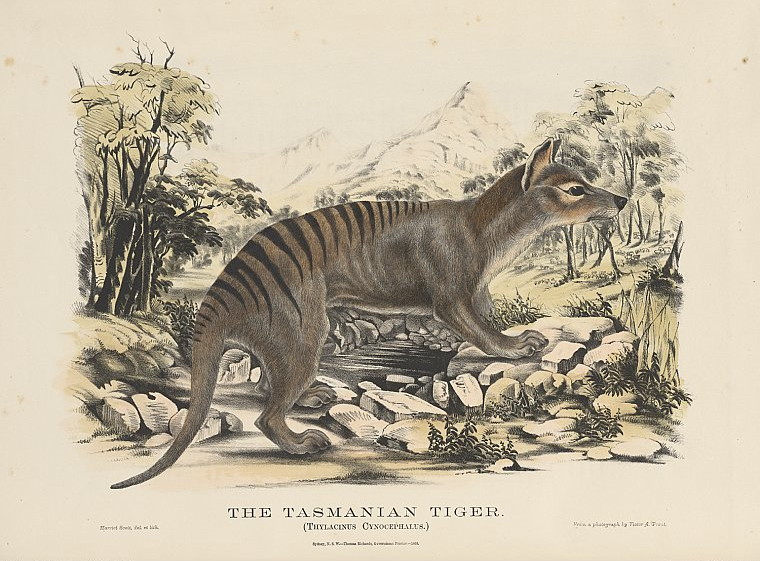This is a guest post by Lauren White. Lauren is a 3rd year PhD student under the supervision of Professor Jeremy Austin.
It’s early evening at Arid Recovery; we’re driving slowly through the reserve peering intently around us using the light of a powerful spotlight torch. The silence is broken by a shout. “BILBY!”
Scrambling out of the car, wielding large nets, we’re sprinting as fast as we can towards a small mammal with large ears and long fluffy tail. The bilby picks up speed and the chase is on.
This is not a new extreme sport; this is how the notoriously trap-shy bilbies are caught in order to study them at Arid Recovery reserve. When a runner makes it within reach of the bilby, they have a choice.
A flying dive can secure the animal before it disappears down a burrow—but this indecorous act bears a risk of injury and embarrassment. Alternatively, the runner can track the bilby and wait for the tiring target to collide with a nice soft bush for a more elegant capture by hand.
Once the bilby’s in the bag, and everyone has caught their breath, we can get a range of measurements that tell us how the bilby is doing and, importantly for me, take a small clip of skin from its ear.
I am studying the genetics of bilbies and the three other reintroduced species (burrowing bettongs, stick-nest rats and western barred bandicoots) at Arid Recovery reserve. All four of these species were once found through much of arid Australia, but have had their ranges drastically reduced due to changes in land use and the introduction of feral animals. Arid Recovery is a fenced reserve that excludes cats, foxes and rabbits, allowing these species to thrive.
Reintroduced populations can experience loss of genetic diversity over time, leading to negative effects such as inbreeding depression. For this reason it is important to monitor the genetic diversity over time.
I will be comparing the DNA from bilbies and the other three species in the reserve to samples taken from the founding animals released almost 15 years ago. This will allow us to determine whether genetic diversity has been lost or retained and help Arid Recovery management make informed decisions about the need for additional translocations.
For now it’s back to gathering data and samples. Nets, check, spotlight, check. The 4WD continues to wind its way between the dunes….



